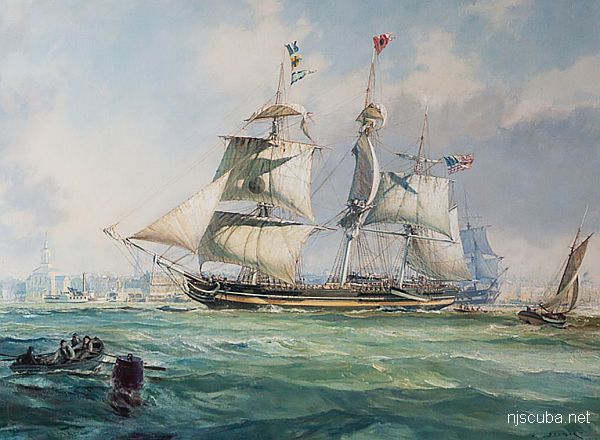Sea Butterflies

Naked Sea Butterflies Clione limacina resemble angels. They have a spindle-shaped body up to 1 inch long that is bluish and transparent, with pink to red-yellow areas. The shell is absent. The head is well developed and clearly evident because of an indentation on the upper part of the body. The body has robust flaps ( mantle lobes ) that are used for propulsion. Although it looks like a jellyfish, the Naked Sea Butterfly is a gastropod mollusk, related to snails and sea slugs, and does not sting.



The Atlantic Corolla is a swimming snail with a soft, transparent gelatinous body. It looks like a jellyfish but it is not. A truly planktonic opisthobranch that, being negatively buoyant, must swim with its large wing-like foot.



